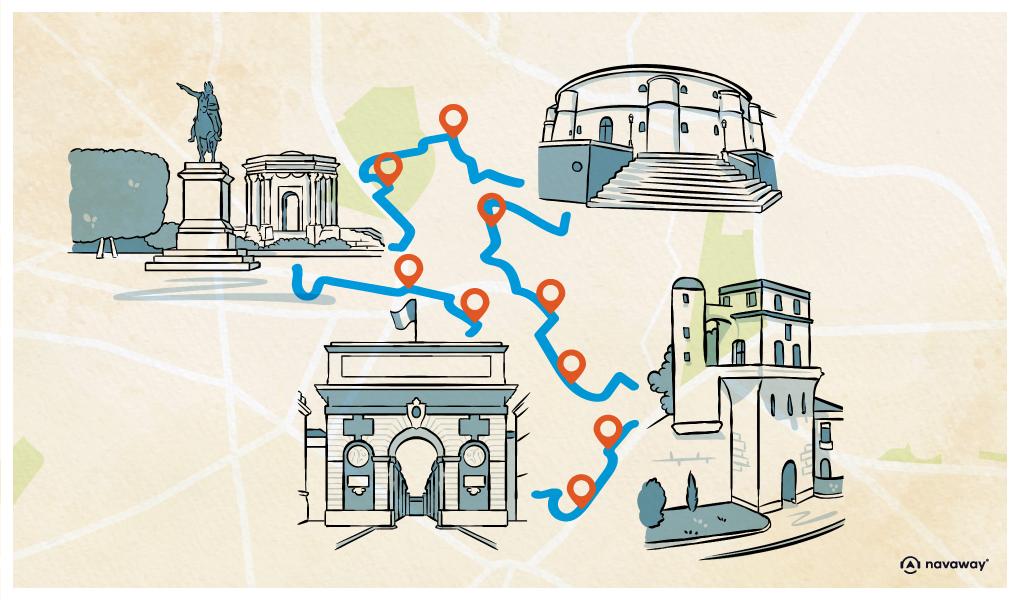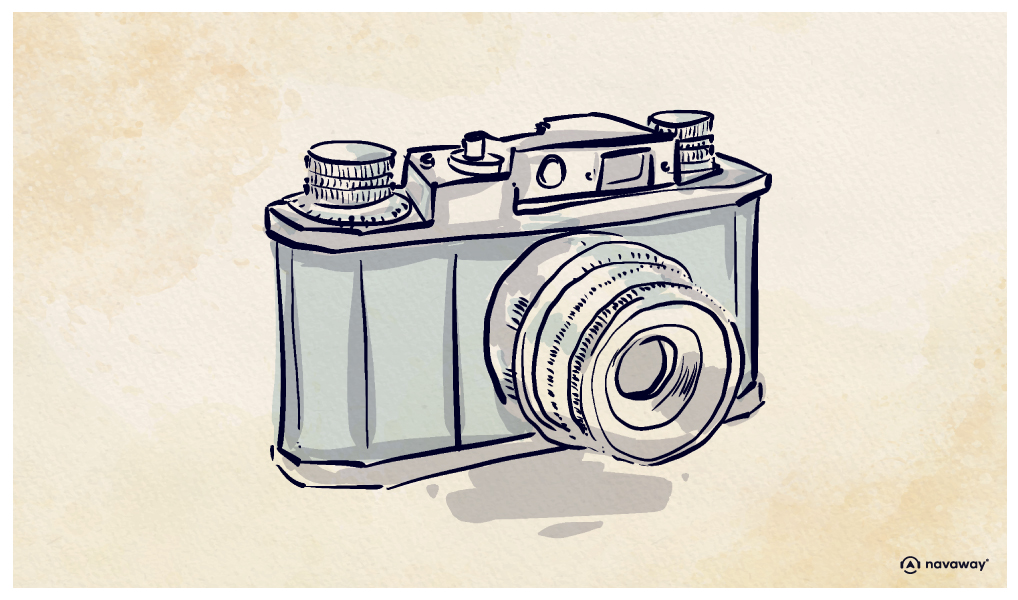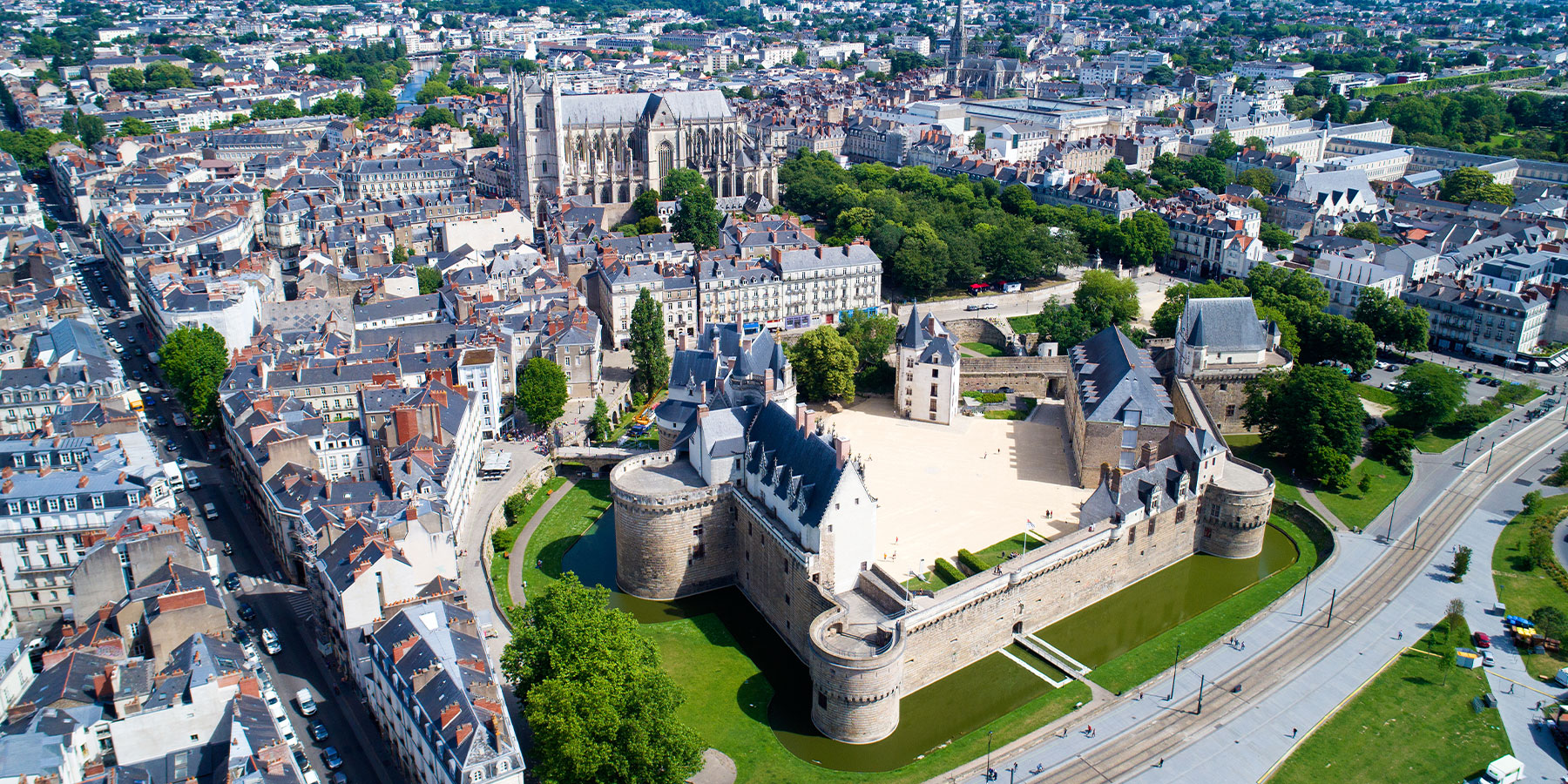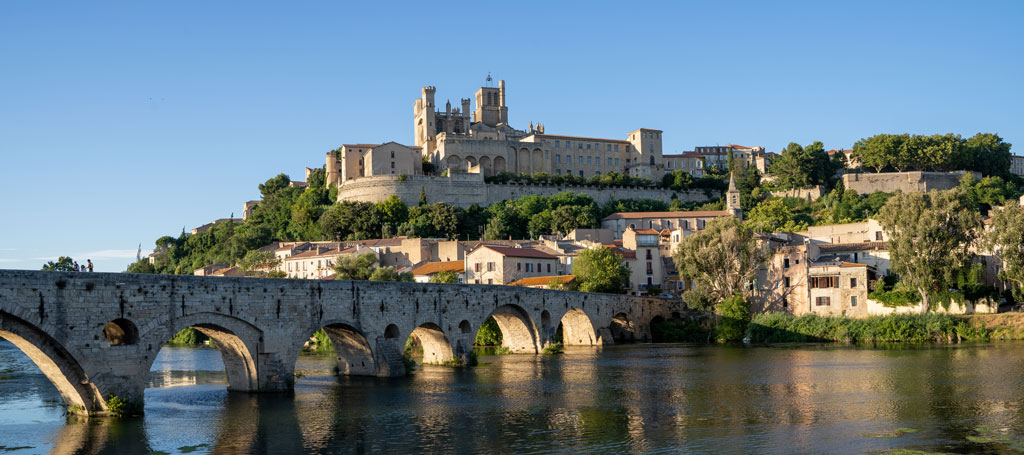
Place de la Comédie

This point of interest is available as audio on the tour: Visit Montpellier, The Gifted City
Having a coffee, shopping, attending an opera – is just a short list of activities that make Place de la Comédie the favorite leisure place of Montpellier resident. For more than 250 years, it has been the beating heart of the city, and its history, written through twists and anecdotes, ranks it as one of the must-see stops on our tour. The main crossroads of the historic center, both in the past and today, Place de la Comédie appeared in 1755 on former fortification grounds. It was the powerful Cardinal Richelieu, Louis XIII’s chief minister and also governor of Montpellier at the time, who requested it. Its name wasn’t the subject of extensive research, as it was directly inspired by the municipal theater established on one of its borders. This same theater, which burned down several times between 1785 and 1881, would punctuate the square’s experience without ever affecting its rectangular shape. In the 1790s, the municipality installed what would become the main meeting point of the address, namely the Three Graces fountain. Originally located in Place de la Canourgue, where the City Hall was also found, the work depicts Aglaea, Euphrosyne, and Thalia. These three Greek goddesses, gathered here, aim to embody beauty, nature, fertility, and human creativity. Moved to the Fabre Museum in 1989, and again to the hall of the Opéra Comédie, where it still resides, the original sculpture has been replaced by a copy on the esplanade. In the 19th century, Place de la Comédie became a frequently visited passageway following the opening of Rue Foch and Rue de la Loge, as well as the inauguration of the nearby railway station. The biggest proof if this being that, attractive addresses, until then concentrated around Saint Peter’s Cathedral and the Castellane market hall, migrated to its surroundings. Furthermore, important cafés, where the city’s former weekly “wine market” was held, opened on its corners. This had the effect of attracting Montpellier’s upper bourgeoisie to these beautiful Haussmann buildings, recognizable by their continuous balconies. Stretching 230 meters long and 50 meters wide, Place de la Comédie constitutes, along with the Esplanade Charles de Gaulle, one of the largest pedestrian complexes in France, and even in Europe! A surprising characteristic when one learns that the pedestrian space, a meeting and seduction point in the 18th century, was once concentrated around the fountain. This modest area, still visible today, gave Place de la Comédie the nickname “Place de l’Oeuf” (Egg Square) due to its ovoid shape. Soon to be more green and very photogenic, thanks to its 19th-century decor in which the unmissable “diver’s helmet” top of the Gaumont cinema stands out, Place de la Comédie is straightforwardly “the place to be” in Montpellier!


Discover Montpellier with app
An interactive guide through the most beautiful streets, squares, and districts
19 fun audioguides full of historical facts, anecdotes, and legends





Comments